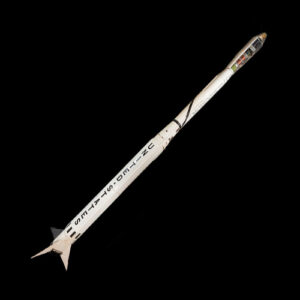
Scout Rocket Family
Explore the Scout Rocket Family, a pioneering series of launch vehicles that revolutionized access to space for scientific missions.
The complete database of
Spacecraft propulsion refers to the methods and systems used to move spacecraft through space or adjust their trajectory. It is critical for launching spacecraft, maneuvering in orbit, traveling between celestial bodies, and performing corrections during missions. Propulsion systems work by expelling mass (propellant) to generate thrust, adhering to Newton’s third law of motion: for every action, there is an equal and opposite reaction.
Related: A Short Guide to the Different Types of Rocket Fuel – Understanding The Different Types of Rocket Fuel & Propellants
Quick jump to: Solid Propulsion • Liquid Propulsion • Hybrid Propulsion
Solid fuel propulsion uses a pre-mixed combination of fuel and oxidizer in solid form. The propellant is packed into the rocket motor, where it burns to produce thrust when ignited. The downside? Once ignited you can’t throttle or easily shut down; lower specific impulse than best liquid combos; combustion stability can be tricky.

Explore the Scout Rocket Family, a pioneering series of launch vehicles that revolutionized access to space for scientific missions.
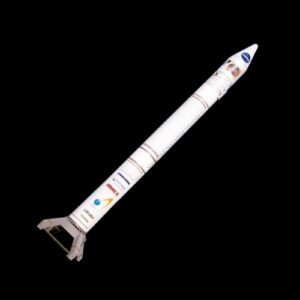
Explore the versatile Athena Rocket Family, a solid-fuel propulsion option known for reliability and flexibility in delivering payloads.
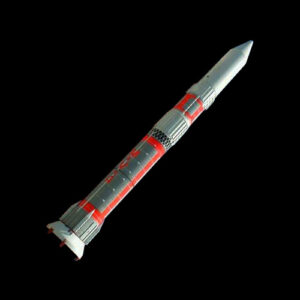
Explore the legacy and achievements of the Mu Rocket family, Japanese launch vehicles known for their reliability in supporting exploration.
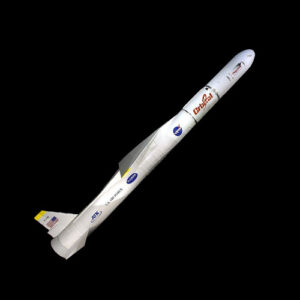
Discover the innovative Northrop Grumman Pegasus, an air-launched space launch system revolutionizing access to space.
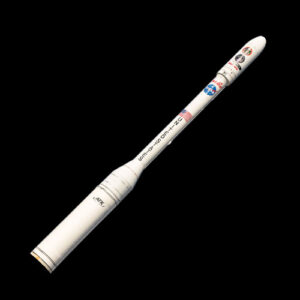
Explore the Taurus / Minotaur-C, a versatile and reliable launch vehicle used for deploying satellites and payloads into orbit.
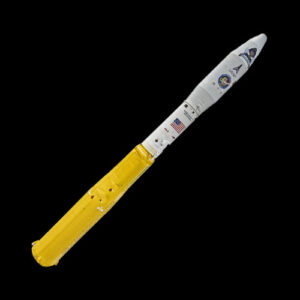
Explore the Minotaur rocket family, a versatile series of launch vehicles supporting a wide range of space missions.
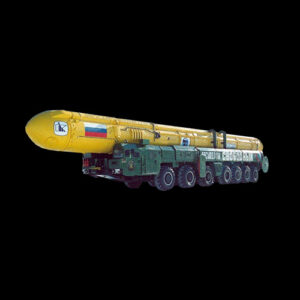
Discover the Start-1 rocket, a compact and reliable launch vehicle designed for deploying small satellites into low Earth orbit.
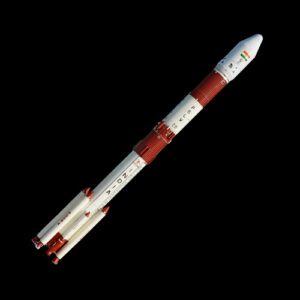
Explore the Polar Satellite Launch Vehicle (PSLV), India’s reliable workhorse for deploying satellites into polar orbits.
Liquid fuel propulsion uses separate liquid fuel and oxidizer stored in tanks and mixed in a combustion chamber to produce thrust. It includes two primary types: cryogenic (supercooled) and hypergolic (spontaneously igniting) fuels. Its weakness? Complexity (pumps, plumbing), cryogenics add operational cost.
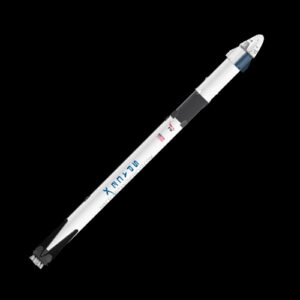
Explore the SpaceX Falcon 9, a pioneering reusable launch vehicle that has reshaped space access. Learn about its design and missions.
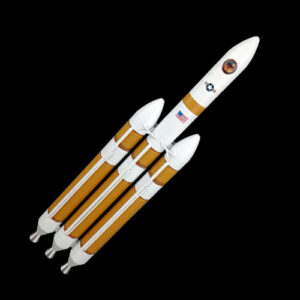
Explore the Delta IV Heavy Rocket, a pinnacle of launch technology capable of deploying heavy payloads into orbit, and learn about its design.
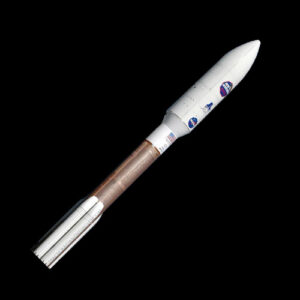
Explore the versatile Atlas V rocket, a cornerstone of space exploration, known for its reliability and adaptability.
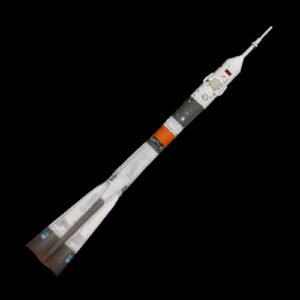
Discover the legendary Soyuz rocket family, a cornerstone of human space exploration for over 50 years., and learn about its missions.
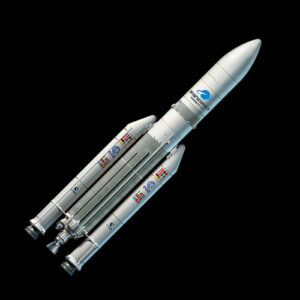
Explore the Ariane rocket family, Europe’s reliable and versatile launch vehicles, renowned for their role in deploying crafts into orbit.
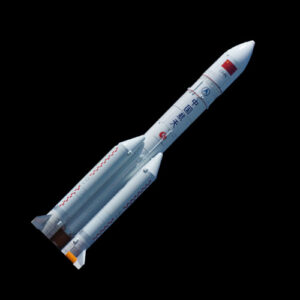
Discover the Long March 5 rocket, a cornerstone of China’s space program, renowned for its reliability and versatility.
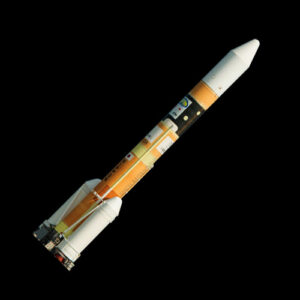
Explore the H-IIA rocket, a cornerstone of Japan’s space program known for its reliability and versatility. Learn about its design and missions.
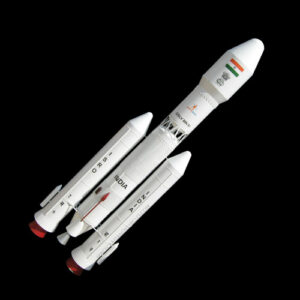
Discover the GSLV Mk III, India’s indigenous heavy-lift launch vehicle, renowned for its capability to deploy satellites into diverse orbits.
Hybrid propulsion combines aspects of solid and liquid systems, using a solid fuel and a liquid or gaseous oxidizer. The two components are stored separately and react in the combustion chamber to produce thrust.
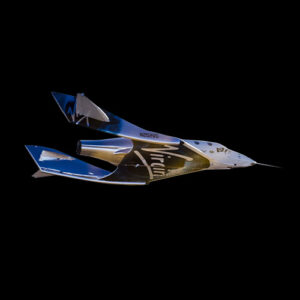
Explore VSS Unity, Virgin Galactic’s revolutionary spacecraft offering suborbital spaceflight experiences and experience weightlessness.
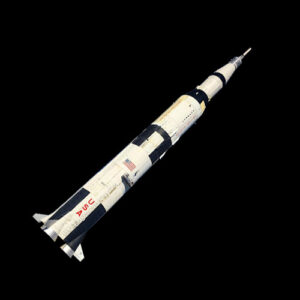
The Saturn rocket family was a series of rockets developed by NASA in the 1960s, designed to support the Apollo program and later missions.

The Vulcan Centaur is an advanced heavy-lift launch vehicle under development by ULA and designed to succeed the Atlas V and Delta IV.
A complete database of spacecraft and space vehicles, free and open to all.
I’m a humble space enthusiast who learns through creating websites.
Created by Yisela Alvarez Trentini – All rights reserved 2025